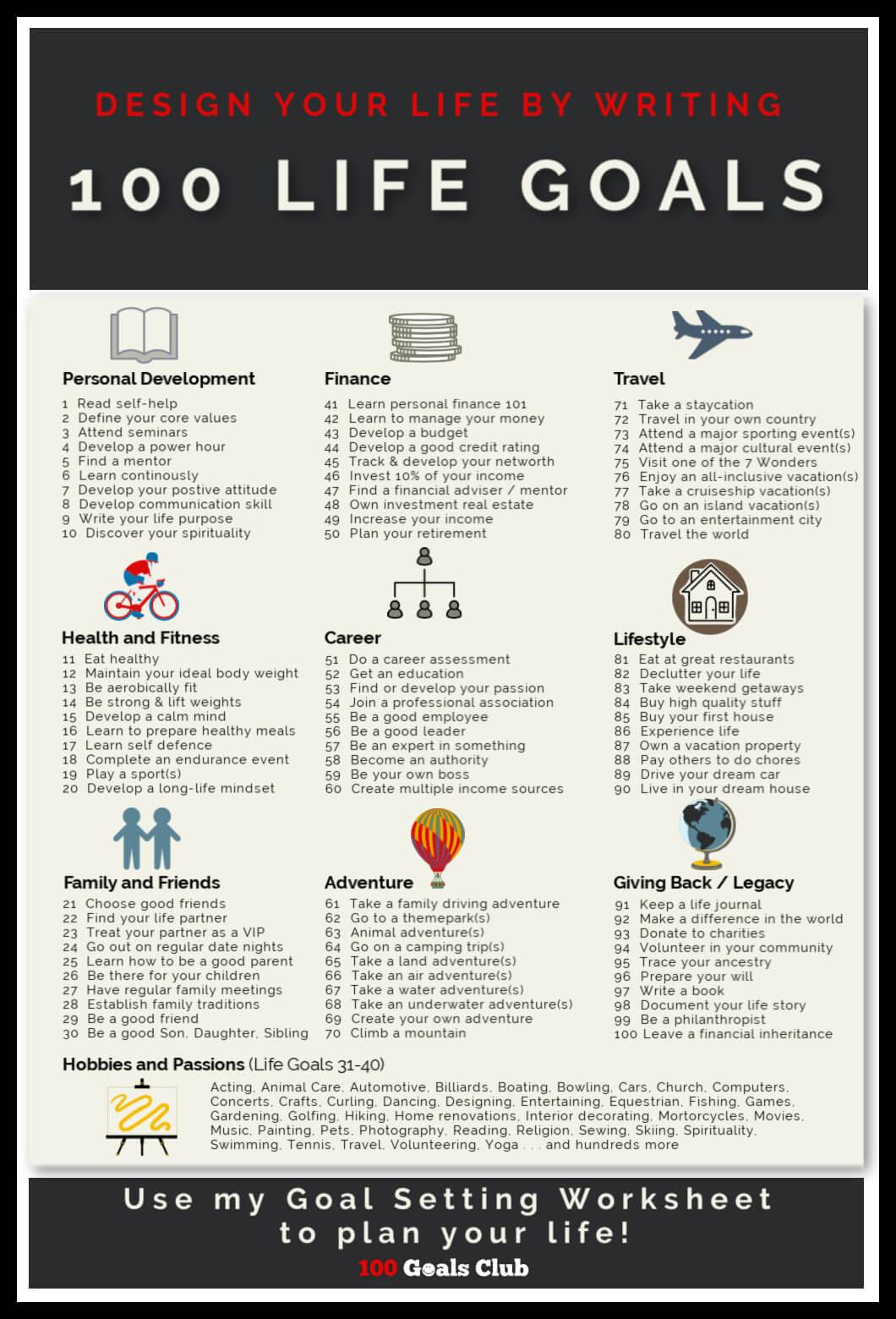In the quest for a leaner physique, understanding the most effective nutritional strategies for cutting body fat is crucial. With a multitude of diets and advice available, it’s easy to feel overwhelmed and unsure of where to begin. However, by focusing on evidence-based approaches, you can navigate the complex landscape of nutrition with confidence and precision. This article aims to demystify the process, providing you with clear, actionable insights into the best dietary practices that support fat loss while maintaining overall health. Whether you’re an athlete aiming to optimize performance or someone striving to achieve personal fitness goals, these strategies will empower you to make informed decisions and set you on the path to success.
Optimizing Macronutrient Ratios for Effective Fat Loss
For those aiming to shed body fat efficiently, fine-tuning your macronutrient intake is crucial. While individual needs vary, a well-balanced approach often includes a strategic distribution of proteins, fats, and carbohydrates. A common guideline for effective fat loss is to consume higher amounts of protein, which supports muscle retention and increases satiety. Aim for a protein intake of about 25-30% of your total daily calories. This can be achieved through lean sources such as chicken, fish, legumes, and low-fat dairy products.
- Carbohydrates: Reducing carbs can aid in fat loss, but it’s important to focus on quality. Opt for complex carbohydrates like whole grains, vegetables, and fruits, comprising roughly 30-40% of your daily intake.
- Fats: Healthy fats should not be overlooked as they are vital for hormone production and overall health. Include sources like avocados, nuts, and olive oil, making up about 25-35% of your calories.
By maintaining a mindful balance and adjusting according to your body’s response, you can optimize your macronutrient ratios to enhance fat loss without compromising health or energy levels.

Incorporating High-Intensity Interval Training to Boost Metabolism
When it comes to revving up your metabolism and torching body fat, High-Intensity Interval Training (HIIT) is a game-changer. This training method alternates between short bursts of intense activity and periods of rest or lower-intensity exercise. The magic of HIIT lies in its ability to push your body into a state of heightened energy consumption, both during and after your workout, leading to increased fat oxidation and muscle preservation. Incorporating HIIT into your fitness routine can yield impressive results, especially when paired with a well-structured nutritional plan.
- Efficiency: HIIT workouts can be completed in a fraction of the time compared to traditional cardio, making them perfect for those with busy schedules.
- Adaptability: Whether you’re at the gym or at home, HIIT can be tailored to fit any environment and fitness level.
- Metabolic Boost: The intense nature of HIIT triggers an ‘afterburn’ effect, scientifically known as excess post-exercise oxygen consumption (EPOC), which can keep your metabolism elevated for hours after you’ve finished sweating.
To maximize the benefits of HIIT, it’s crucial to fuel your body with the right nutrients. Consider consuming a mix of carbohydrates and protein about 30 minutes before your workout to enhance performance and recovery. Post-workout, focus on replenishing glycogen stores and repairing muscle tissue with a balanced meal that includes protein, complex carbohydrates, and healthy fats. By strategically integrating HIIT with a tailored nutrition plan, you can effectively accelerate your journey toward a leaner physique.
 Meal Timing and Frequency for Maximum Fat Reduction”>
Meal Timing and Frequency for Maximum Fat Reduction”>
Leveraging Meal Timing and Frequency for Maximum Fat Reduction
Optimizing when and how often you eat can significantly enhance your fat loss journey. Meal timing plays a crucial role in regulating your metabolism and energy levels throughout the day. Consider adopting an intermittent fasting approach, where you cycle between periods of eating and fasting. This can help your body tap into fat stores for energy while also promoting cellular repair processes.
- Breakfast: Aim for a high-protein start to keep you full longer and reduce cravings.
- Lunch: Include complex carbohydrates and healthy fats to sustain energy levels.
- Dinner: Focus on lean proteins and plenty of vegetables to support muscle repair overnight.
- Snacks: Keep them light and nutrient-dense, like nuts or yogurt, to avoid unnecessary calorie intake.
Meal frequency is equally important. Instead of the traditional three large meals, opt for smaller, more frequent meals throughout the day. This approach can prevent blood sugar spikes and keep your metabolism active. By aligning your eating patterns with your natural circadian rhythm, you can further enhance fat oxidation and improve overall metabolic health.
Utilizing Smart Supplementation to Enhance Fat-Burning Potential
Incorporating the right supplements into your diet can significantly boost your body’s ability to burn fat more efficiently. While supplements should never replace a balanced diet and regular exercise, they can provide that extra edge needed to optimize fat loss. Here are some powerful supplements to consider:
- Green Tea Extract: Rich in antioxidants, it helps increase metabolism and enhance fat oxidation.
- Caffeine: Known for its ability to boost energy and alertness, it also aids in mobilizing fats from fat tissues, making them available for energy use.
- L-Carnitine: An amino acid that plays a crucial role in transporting fatty acids into your cells’ mitochondria, where they can be burned for energy.
- Conjugated Linoleic Acid (CLA): A type of fatty acid that has been shown to reduce body fat while maintaining muscle mass.
Remember: It’s essential to consult with a healthcare provider before starting any supplementation regimen, as individual needs and health conditions vary.




